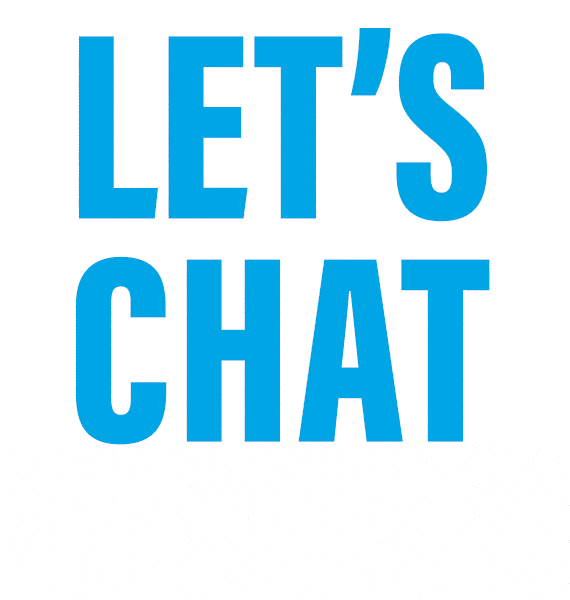When it comes to behavior change, whether it's adopting healthier habits, improving productivity or promoting sustainability, not all behaviors carry equal weight. To maximize the impact of our efforts, we need to prioritize the behaviors that will generate the most significant and lasting change toward our overall goal.
This approach is known as the "high-impact behavior" strategy, and it involves carefully evaluating potential behaviors based on two key factors: their likelihood of success and their relative impact on the desired outcome.
Assessing Likelihood and Impact
The likelihood of successfully adopting a new behavior is influenced by various barriers and facilitators. These can include personal factors (e.g., motivation, self-efficacy), environmental factors (e.g., social norms, availability of resources) and the complexity of the behavior itself.
The impact of a behavior refers to its potential to contribute to the overall goal. Some behaviors may have a more direct and substantial effect, while others may play a supporting role or have a more incremental impact. While encouraging smoking cessation provides a direct pathway to reducing the prevalence of smokers in our state, educating caregivers on the proper use of child car seats can also contribute to lowering the number of road-related fatalities and injuries.
By weighing likelihood and impact, we can identify the high-impact behaviors that are both feasible and likely to yield the most significant progress toward our objectives.
Breaking Down Complex Behaviors
Oftentimes, the behaviors we aim to change are not isolated actions but rather a collection of smaller sub-behaviors. For example, adopting a healthier lifestyle may involve sub-behaviors such as meal planning, grocery shopping, cooking and exercise routines.
In these cases, it's essential to break down the complex behavior into its parts and assess the likelihood and impact of each sub-behavior. As emphasized by Doug McKenzie-Mohr, a pioneering researcher in community-based social marketing, identifying and addressing these "barrier behaviors" is crucial for promoting lasting behavior change.
It is crucial to understand the specific barriers that prevent people from engaging in desired behaviors. For instance, in a program aimed at encouraging household composting, a significant barrier was the perceived unpleasantness of handling kitchen waste. What participants think and feel matters if you are going to make a lasting impact on their lives. By addressing this barrier through education and providing practical tools like compost bins with vented lids, Mohr’s team was able to significantly increase the adoption of composting behaviors.
Characteristic |
Define |
How |
Impact |
How important is the behavior? |
Tech Reviews/Expert Surveys |
Adaptation |
What % is already doing it? |
Observation/Self-Reporting |
Probability |
How likely are the others to join? |
Case Studies |
Applicability |
Who does it apply to? |
Census |
Continuous Evaluation and Adjustment
Behavior change is a dynamic process, so our strategies must be adaptable. As we implement high-impact behaviors, it's crucial to continuously evaluate their effectiveness and adjust our approach as needed.
This may involve addressing emerging barriers, leveraging new facilitators or even reprioritizing behaviors based on changing circumstances or evolving goals. By remaining flexible and responsive, we can ensure that our efforts remain focused on the most impactful actions at any given time.
For example, in a program aimed at reducing household energy consumption, the initial efforts focused on promoting the installation of programmable thermostats. However, follow-up evaluations revealed that many households were not using the thermostats effectively. In response, the campaign shifted its focus to educating residents on how to properly program and utilize the thermostats, resulting in more significant energy savings.
Putting It All Together
Prioritizing high-impact behaviors is a strategic approach to behavior change that maximizes the effectiveness of our efforts. By carefully evaluating the likelihood and impact of potential behaviors, breaking down complex behaviors into sub-behaviors and continuously adjusting our strategies based on ongoing evaluation, we can drive meaningful and lasting change toward our overall goals.
This approach is particularly invaluable in settings where resources are limited, as it allows us to focus our efforts on the behaviors that will yield the greatest return on investment. Additionally, by addressing barrier behaviors and leveraging facilitators, we can increase the likelihood of sustained behavior change over time.
Need help addressing a high-impact behavior that’s affecting your organization and/or community? Let’s put our heads together!









